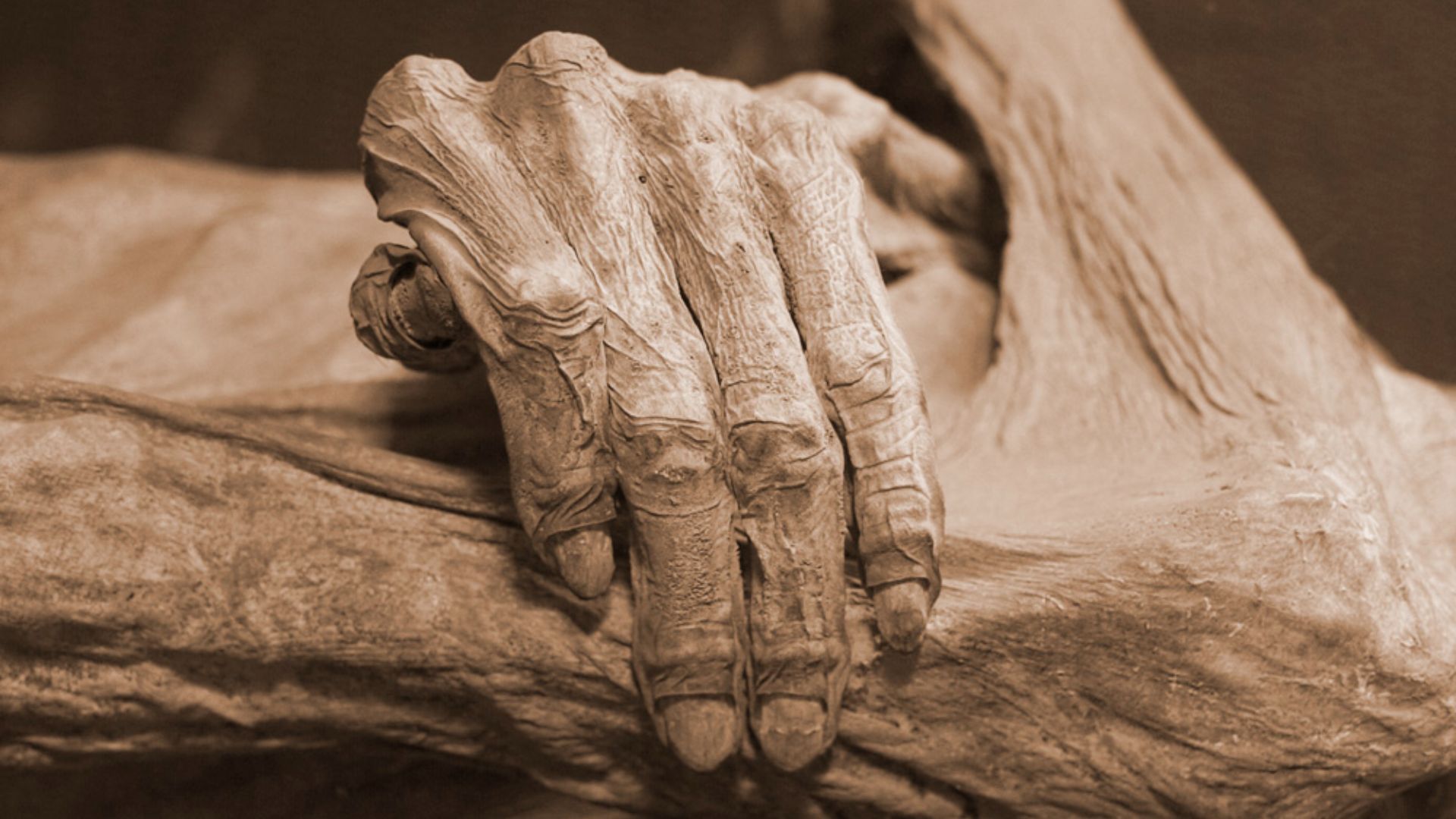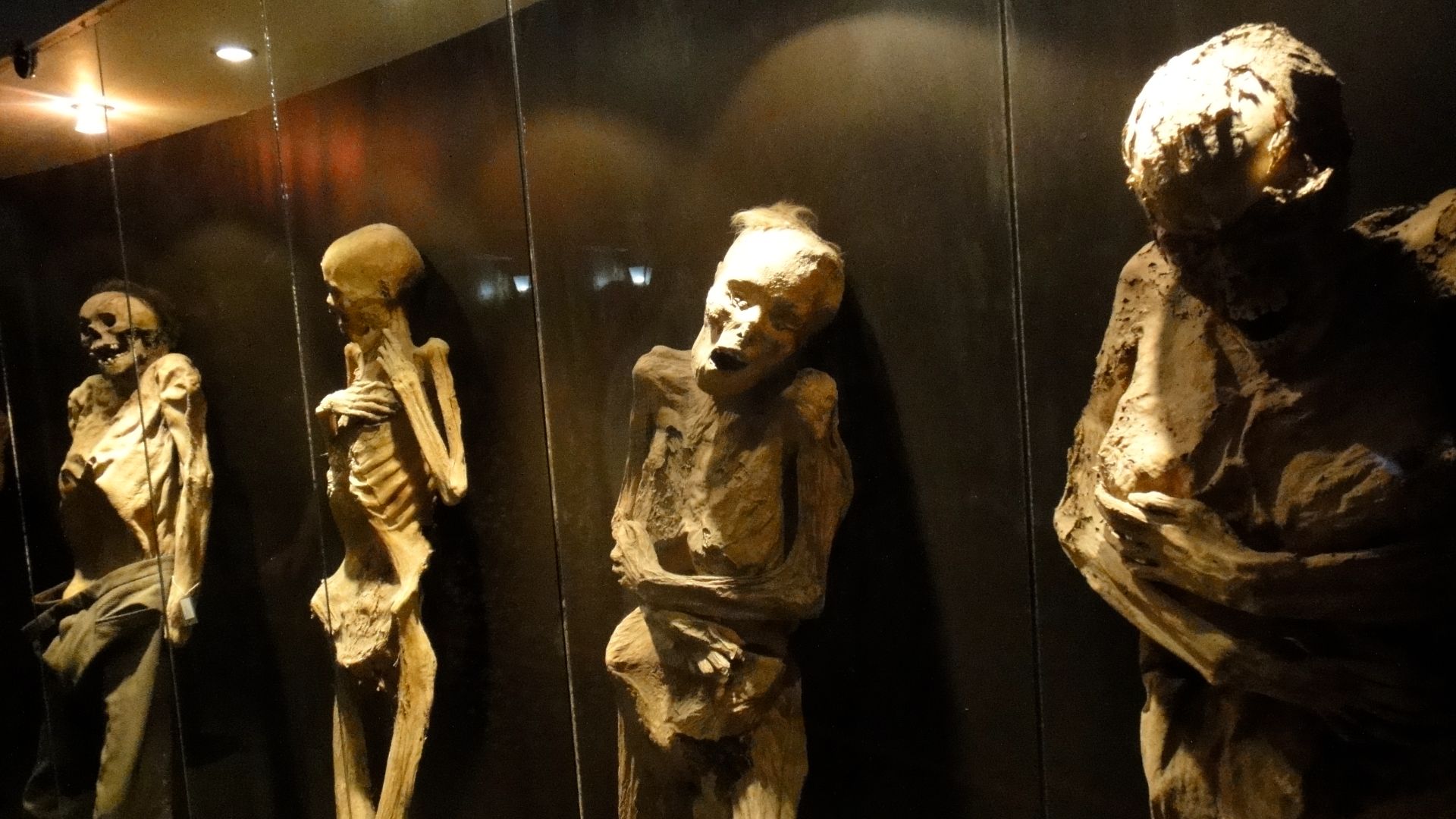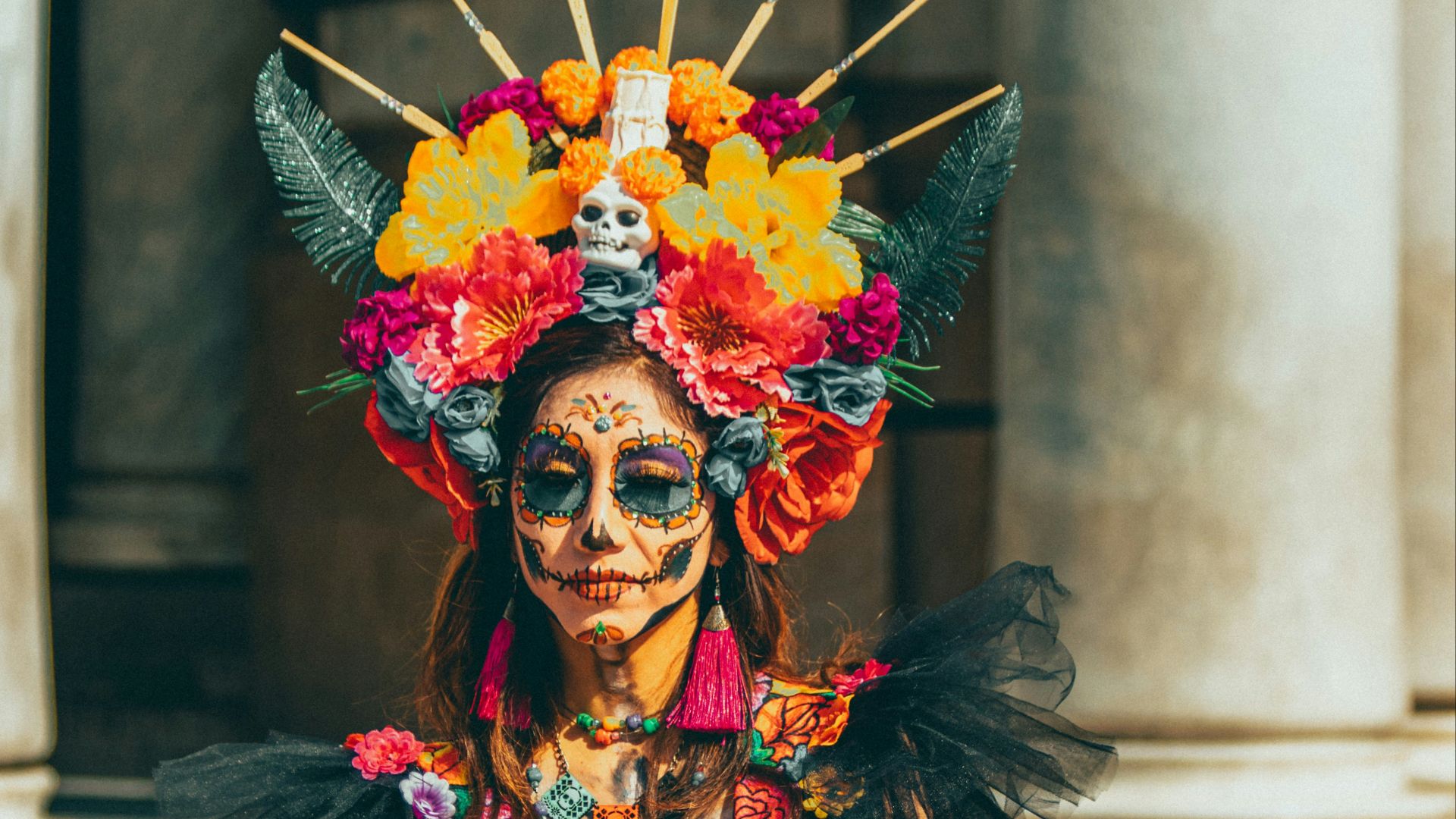The Mummies of Guanajuato Keep Drawing in Tourists, But Is the Controversy Worth It?
Step into the Museo de las Momias in Guanajuato, Mexico, and you're immediately struck by the eerie stillness that fills the halls. Rows of preserved bodies line the walls behind high glass cases, their withered arms wrapped around their leathery skin. As you walk along the corridor, these figures stare back from the past with hollow eyes. The museum is a place that simultaneously fascinates and horrifies, yet somehow compels visitors to linger far longer than they might have expected.
Tourists snap photos of the strangely preserved mummies, whispering to one another in a mix of reverence and horror. The occasional laugh sometimes echoes out, breaking the tension. Behind all this intrigue, however, lies a simmering ethical debate about where we should draw the line between education and exploitation.
A Freaky Slice of History
The mummies weren't intentionally created through any preservation ritual or technique. Instead, they're the result of natural mummification that occurred in Guanajuato's uniquely arid soil and mineral-rich graves. The bodies belong to people who died during the 19th and early 20th centuries and were later exhumed to make room for new burials in the cramped cemetery.
When workers first uncovered them, they discovered that some bodies had never decomposed. Visitors today marvel at the extraordinary detail these mummies have retained over the decades. This is history rendered tangible in a way that textbooks and photographs simply cannot replicate.
It’s undeniably spine-tingling to notice details like the one man's bearded face that appears frozen in an expression of either surprise or anguish—or the small child clutching what remains of a tiny toy. The intricate folds of one woman’s pale Victorian-era dress remain untouched by the influence of time.
Tourism That Keeps Growing
The museum draws tens of thousands of visitors each year, attracting everyone from curious backpackers to organized high school groups on educational field trips. Local guides have memorized every story associated with the mummies, including their names, ages, occupations, and sometimes even the tragic circumstances surrounding each person's death.
A peculiar economy has grown up around this attraction. Souvenir shops lining the nearby streets sell postcards featuring the skeletons and tiny replica coffins as keepsakes. Restaurants in the area thrive on the steady stream of curious travelers who need lunch after their museum visit. There's a genuine thrill in encountering something so macabre and otherworldly—yet completely real.
Ethical Questions Linger
Despite the museum's popularity, the ethics surrounding it remain deeply murky. These mummies are real people who once lived and died in this community. They had families who may never have consented to having their loved ones put on permanent public display. Scholars and ethicists continue to debate whether the educational value of public exhibition can truly justify the display of human remains in this manner.
Critics question whether the museum could have done more to honor the deceased by providing more historical context or by presenting the remains with less theatrical spectacle. These conversations don't end at the museum exit; they continue in nearby cafés and hostel common rooms, where visitors gather to process what they've seen.
Cultural Context Matters
Mexican culture has long embraced a nuanced relationship with death that differs significantly from many other cultures. Día de los Muertos celebrations, catrina figures, and skeleton art aren't expressions of morbid obsession but celebrations of life, philosophical reflections on mortality, and acts of remembrance for those who have passed.
When viewed through this cultural lens, the museum feels less like an exploitative tourist trap and more like an extension of Mexico's longstanding curiosity about death and what lies beyond. Still, cultural context can only justify so much when visitors find themselves standing face-to-face with actual bodies that have been dead for decades or even over a century.
The Allure of the Macabre
Ultimately, the museum continues to thrive because human beings are irresistibly drawn to the strange and the forbidden. Perhaps it's the rare opportunity to come face-to-face with mortality without having to confront our own inevitable death. Perhaps it's simply the power of human curiosity, which has always pushed us to explore the boundaries of what we find comfortable or acceptable.
As observers whispered in cowed tones, the mummies remain still, indifferent to the fascination that surrounds them. The experience is haunting, genuinely fascinating, and undeniably controversial. It forces every visitor to confront difficult questions about why we value certain experiences, and whether some things—no matter how educational or intriguing—come at too high a price.










